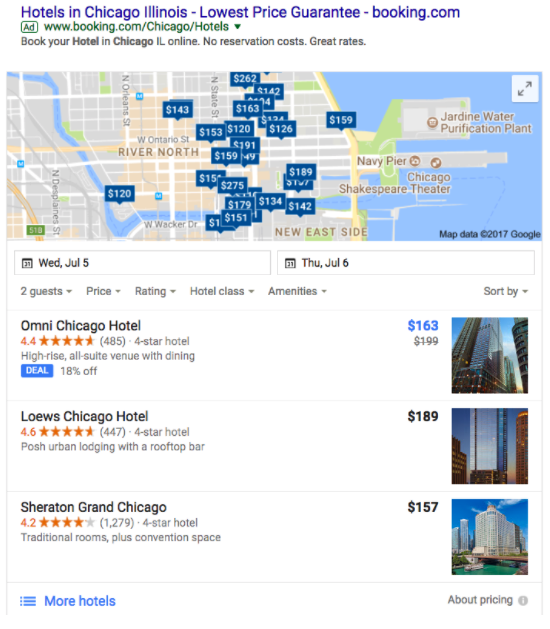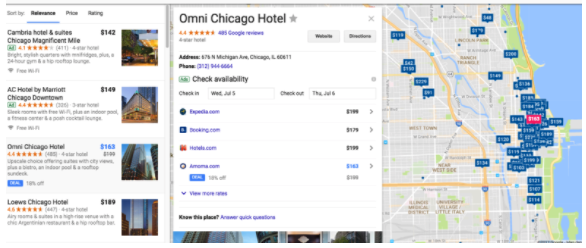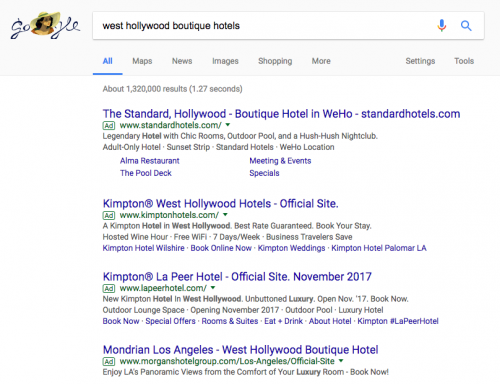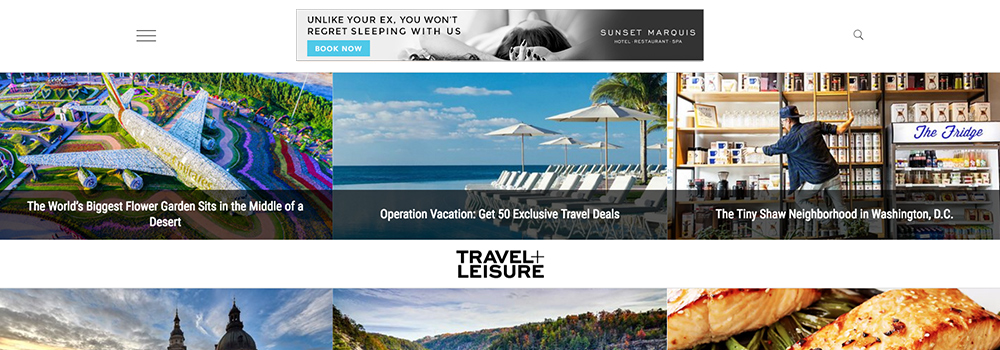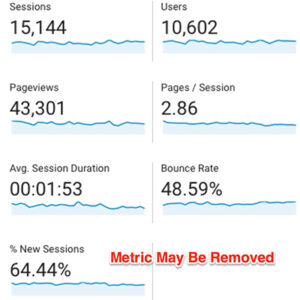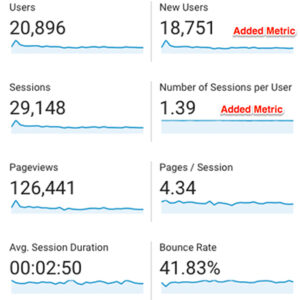5 Perks of Using Search Keywords in Display Advertising Targeting
TARGET KEYWORDS IN DISPLAY ADVERTISING TO FURTHER QUALIFY TRAFFIC
While advertising efforts at many companies are siloed within the different departments, the search and marketing specialists at GCommerce have been working at a more cohesive, full-funneled marketing approach. In an effort to have our search and display campaigns work more symbiotically, we’ve been utilizing search terms in our display prospecting campaigns. While bidding on paid search terms can be quite costly, our display platform allows for the ability to target up to 10,000 keywords to include or exclude for a lower average CPM than paid search efforts. While there are many advantages of using keywords for display advertising, here are a few:
1. TARGET VIEWERS WHO HAVE SEARCHED EXTREMELY COMPETITIVE/EXPENSIVE KEYWORDS TO ASSIST PPC EFFORTS
Market terms tend to be more competitive and expensive – especially in highly – competitive markets such as Los Angeles, Miami, and New York. A hotel could blow through their entire budget trying to compete for terms such as “hotel in NYC” or “resorts in Miami.”When building a keyword list for a display network, it’s important to include these terms in your display advertising targeting, providing hoteliers the opportunity to serve a display ad to users who have searched for these terms within a recent window. If the user clicks on the display ad or visits the site later after remembering the ad, they will now fall into the “remarketing” category. After this occurs, hoteliers can serve these users remarketing ads in the form of social media, paid search, or another, more compelling and targeted, display ad.
2. TARGET MORE QUALIFIED VIEWERS
Some display efforts only encompass more surface level targeting: geo-targeting, device targeting, and content verticals (i.e. the “types” of websites you would like your ads displayed on, such as technology, sports and entertainment, and music) By using search terms in your display targeting, you can ensure you’re reaching viewers who are in the research phase of their travel journey. For example, viewers searching for “flights to LA,” “Hollywood Bowl tickets,” or “hotel in Hollywood” would be more likely to book than someone who has not searched for those terms.
3. TARGET PEOPLE WHO HAVE SEARCHED FOR YOUR COMPETITORS
Who doesn’t want the opportunity to get in front of one of their competitors’ prospective clients? Keyword targeting in display ads provides our clients the opportunity to show one of their own display ads to someone who has searched for a competitor’s name. If your ads are compelling enough, this provides hoteliers the chance to make a great first impression on someone who would have booked elsewhere.
4. UTILIZE EYE-CATCHING CREATIVE BASED ON SEARCH TERMS
This is extremely helpful for very targeted and specific campaigns. For example- targeting for weddings can be difficult with traditional display efforts. Out of the million ad impressions you pay to serve, it is likely that only a fraction of those impressions were served to potential brides, grooms, or wedding planners. However, with keyword targeting, you can reach very qualified viewers searching “wedding venue in New York” with a beautifully crafted display ad showcasing the breathtaking venue.
5. EXCLUDE UNQUALIFIED VIEWERS
If you’re a luxury brand, you don’t want to waste impressions on a viewer who is searching for a the cheapest rate– and if you’re a value-focused property, you don’t want to waste impressions on viewers seeking a luxury experience. The ability to exclude search terms is just as valuable as the ability to target them, especially as hoteliers’ average cost per acquisition continues to rise.
WANT TO LEARN MORE ABOUT HOW GCOMMERCE CAN HELP YOU REACH THE RIGHT GUESTS?


